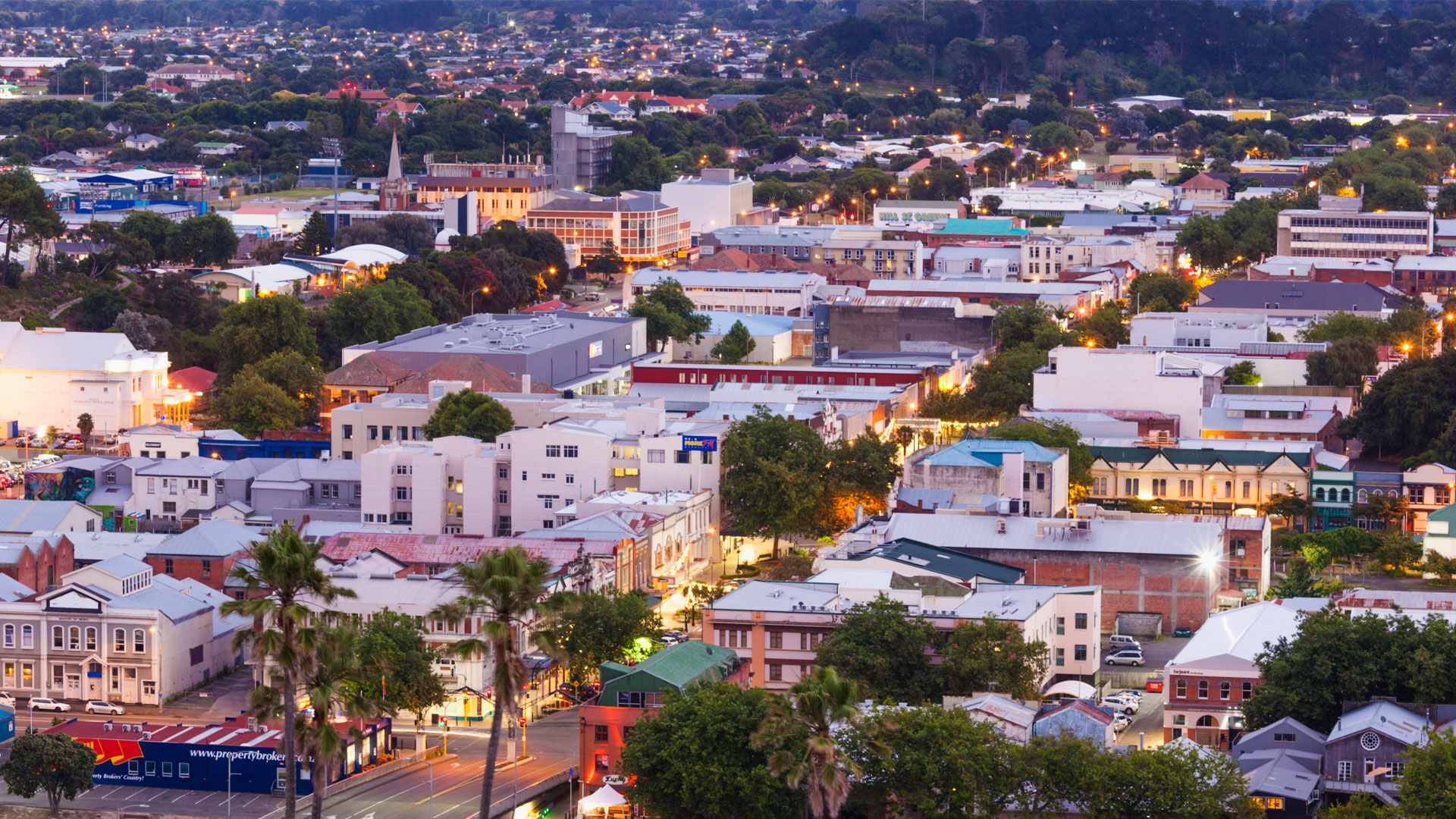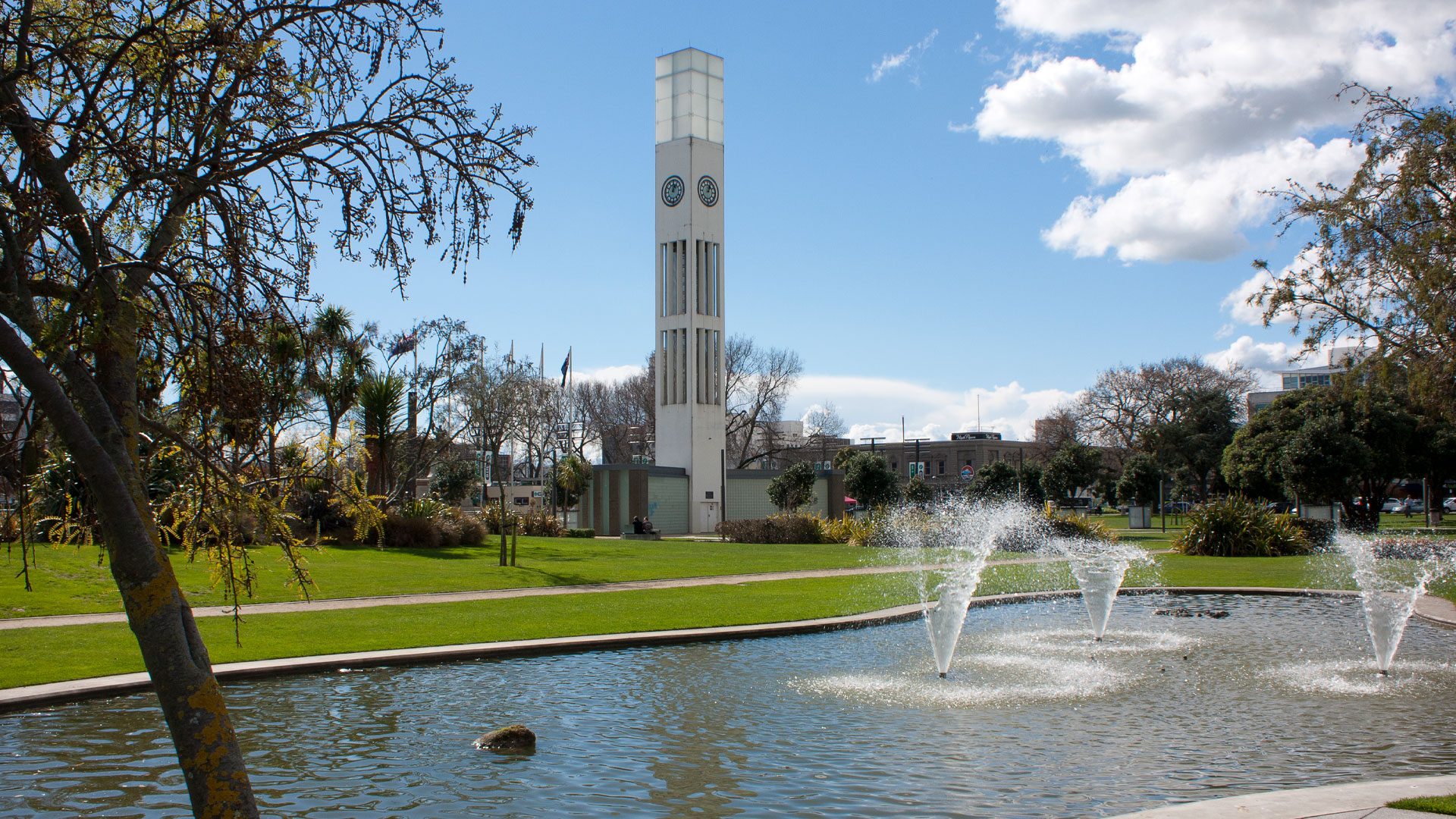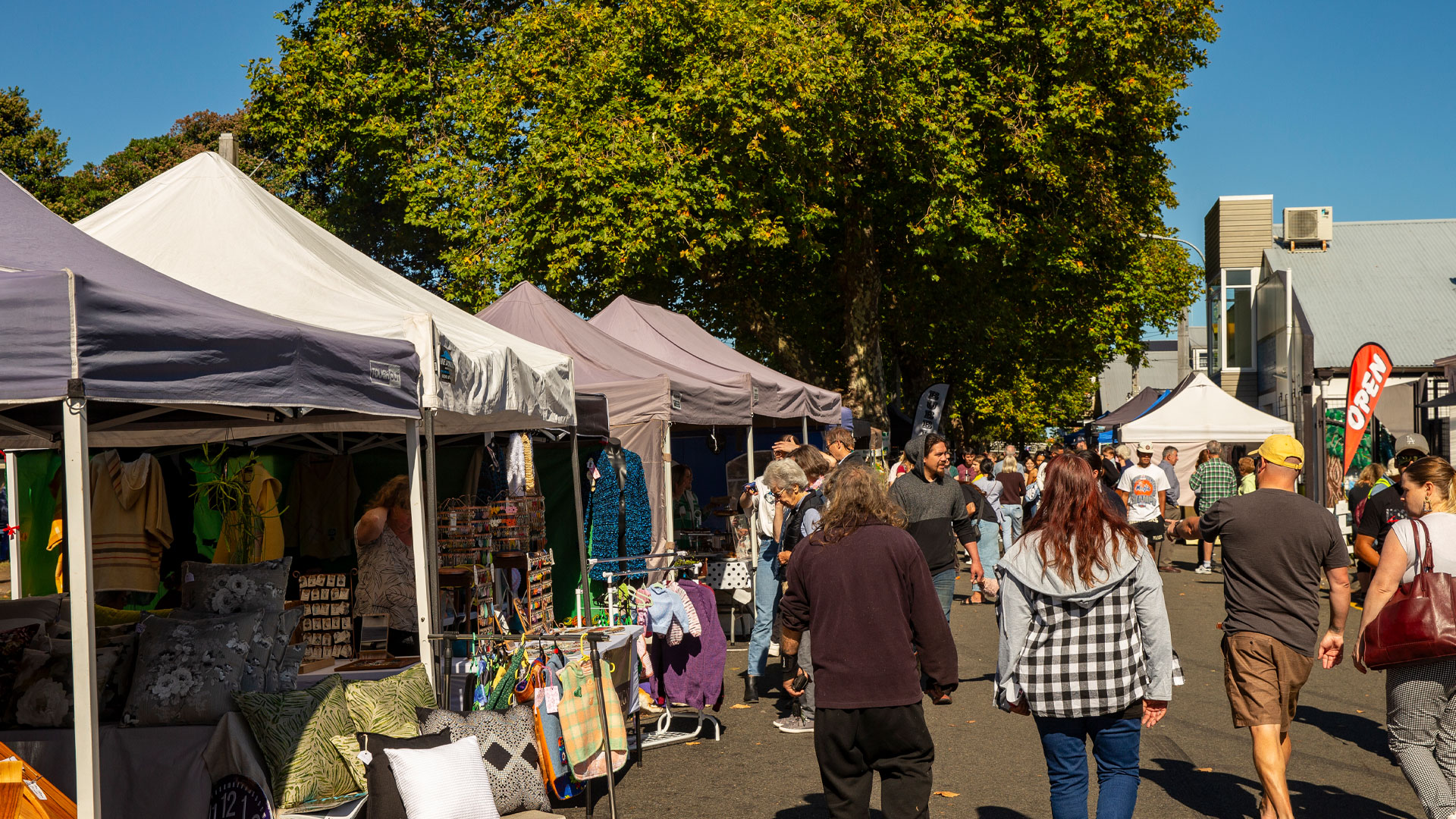Feature article
Manawatū/Whanganui regional property market insights
A snapshot of Manawatū/Whanganui’s property market.
.png)
Manawatū/Whanganui’s regional property market at a glance - residential properties for sale
According to Trade Me Property data, the average property price in Manawatū/Whanganui in December 2024 was $585050. This was a slight decrease on the month before and also down year-on-year. Month-on-month, average property prices in the Manawatū/Whanganui region were fell 0.5%, and down 2% compared to Dcecember 2023.
As well as a slight fall in the cost of buying a home in the Manawatū/Whanganui region, there was also an decrease in the number of listings on Trade Me Property. In December 2024, there were 1,705 properties available for sale on Trade Me Property, down from 1,891 in November. However, this was still up from December 2023, when 1,495 homes in the region were available on site.
Manawatū/Whanganui’s regional property market at a glance - residential properties for rent
The average price of renting a home in Manawatū/Whanganui was static month-on-month and year-on-year in December 2024, at $550.
The last few years have shown a steady increase in the number of properties for rent in the Manawatū/Whanganui region, according to our data. In December 2024, there were 794 rental properties in the region listed on Trade Me Property. This was down from 888 in November 2024, but up from the 628 available in December 2023.
Home to Massey University, Palmerston North is the largest city in the Manawatū/Whanganui region
Current buyer and seller behaviour in Manawatū/Whanganui
Among people surveyed in our 2024 Property Pulse survey* who were seeking to buy a home in the Manawatū/Whanganui region:
- 4.7% were currently in the process of buying a home.
- 5.2% were just thinking about buying a property.
- 5.6% were looking to buy a property in the next year.
- 6.2% were looking to buy a property in the next 1-2 years.
Of the respondents who’d ideally buy a property in the Manawatū/Whanganui region, 50.7% believe that now is a good time to buy a property. Would-be buyers in the Manawatū/Whanganui region say they would be most willing to compromise on the size of the section/land in order to stay within their buying budget, compared to a range of five other options including size of garden/outdoor spaces, type of property and property condition.
Interested in how quickly homes change hands in the Manawatū/Whanganui region? Of the respondents looking to sell a home in the Manawatū/Whanganui region:
- 4.6% had owned their current home for more than five years.
- 7.7% had owned their current home for 3-5 years.
- 9.9% had owned their current home for 1-2 years.
- 11.8% had owned their current home for 6-12 months.
- 5.6% had lived in their current home for fewer than 6 months.
Of respondents looking to sell a home in the Manawatū/Whanganui region:
- 7.3% were currently in the process of selling a property.
- 4.6% were just thinking about selling a property.
- 6.3% were looking to sell a property in the next year.
- 5.5% were looking to sell a property in the next 1-2 years.
You'll find great communities in the cities and towns of the Manawatū/Whanganui
Why live in Manawatū/Whanganui?
Named after two mighty bodies of water, the Manawatū and the Whanganui rivers, this region of Te Ika-a-Māui/North Island is home to around 260,900 people, according to the June 2023 census. Covering a geographic area of 22,215 km², the Manawatū/Whanganui has a population density of 12 people per km².
The biggest city in the area is Palmerston North, which was home to 91,800 people at the time of the 2023 census, and there are several districts within this region. They include:
According to the Manawatū/Whanganui regional council, the region contributes 4% of Aotearoa’s GDP, with sheep and beef farming dominating the local economy. The region is also home to the main campus for one of Aotearoa’s major universities: Te Kunenga ki Pūrehuroa Massey University, which is located in Palmerston North. This city also now hosts several central government departments, making for another employment opportunity.
There are also heaps of great recreational opportunities in the Manawatū/Whanganui region. Notably significant amounts of the land are protected by Aotearoa’s conservation estate. This includes the famous Tongariro National Park, with the nearby Whakapapa Ski and Snowboard Area, as well as Whanganui National Park. So, if outdoor pursuits are your cup of tea, the Manawatū/Whanganui region has plenty to offer.
*Data from Trade Me Property Pulse Survey 2024. 1,572 total responses, 113 responses from the Manawatū/Whanganui Region.
Author
Discover More
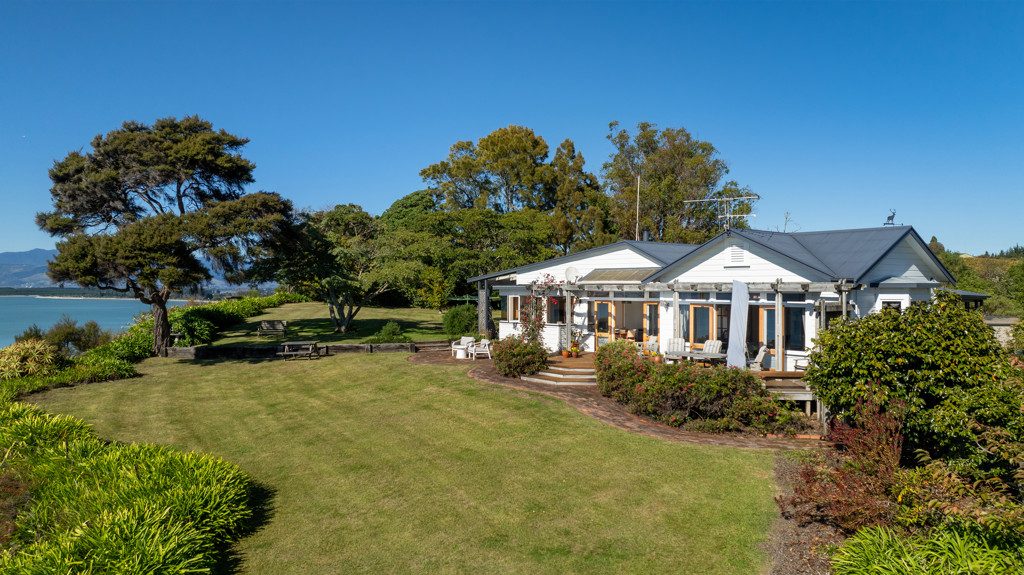
Tasman temptations in hot spots like Kaiteriteri and Ruby Bay
Who wouldn’t want a house close to Abel Tasman National Park and at beaches like Kaiteriteri, Ruby Bay, and Mapua?
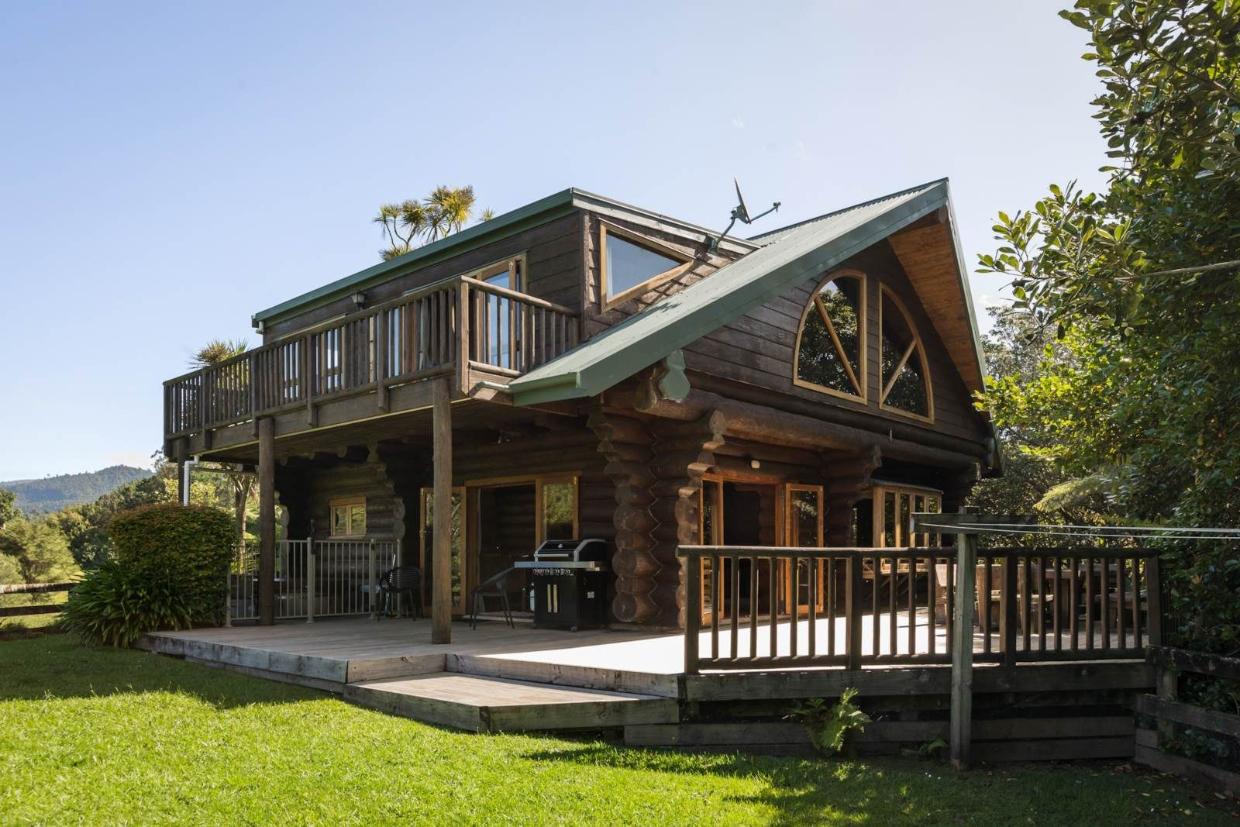
Riverside log cabin on site of legendary Kiwi music festival hits the market
The Douglas Fir log cabin in Waihi can sleep 12.
Search
Other articles you might like
